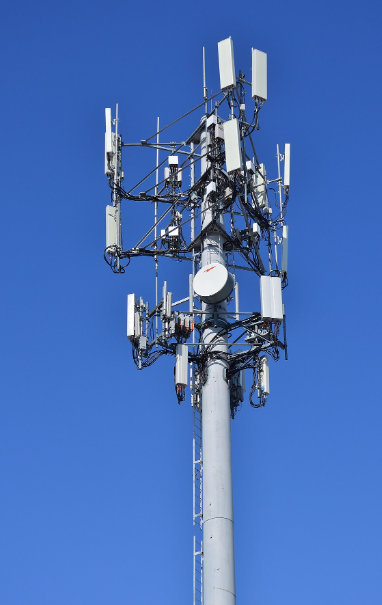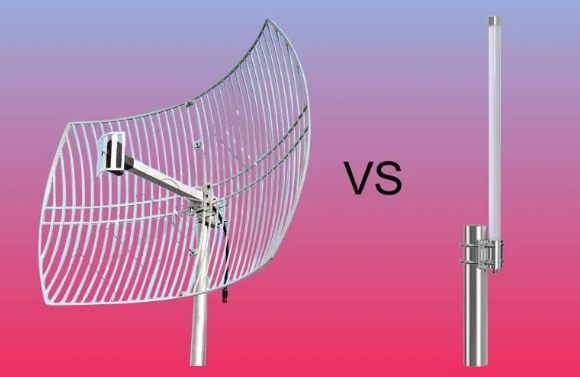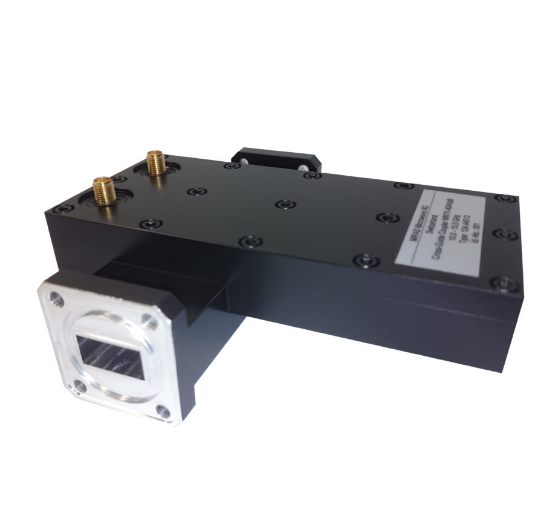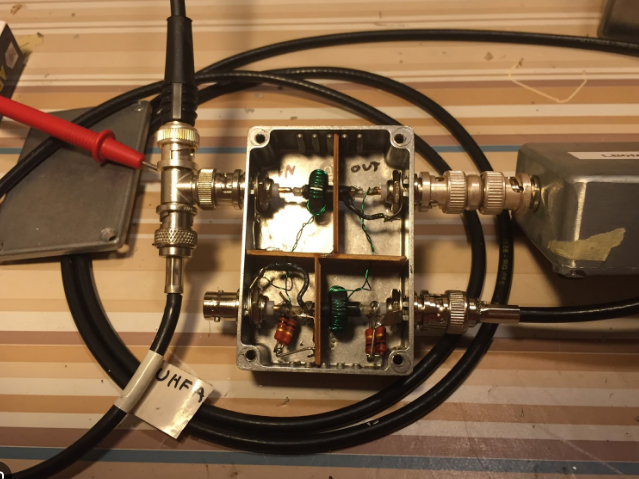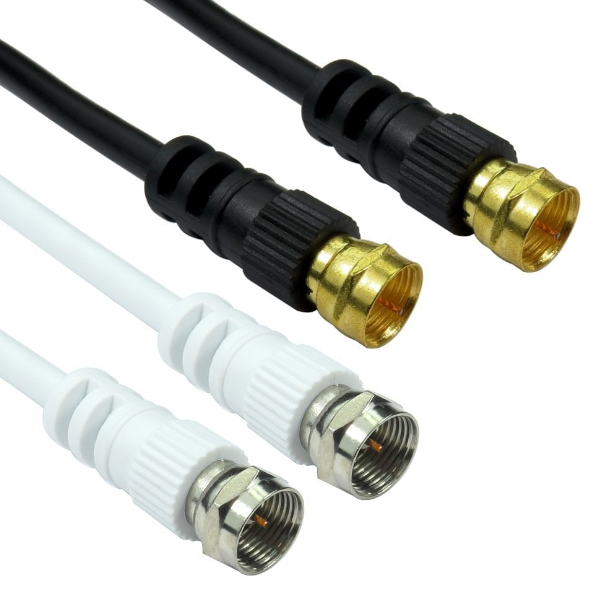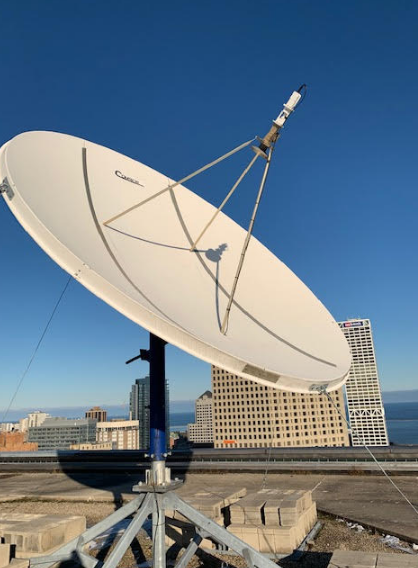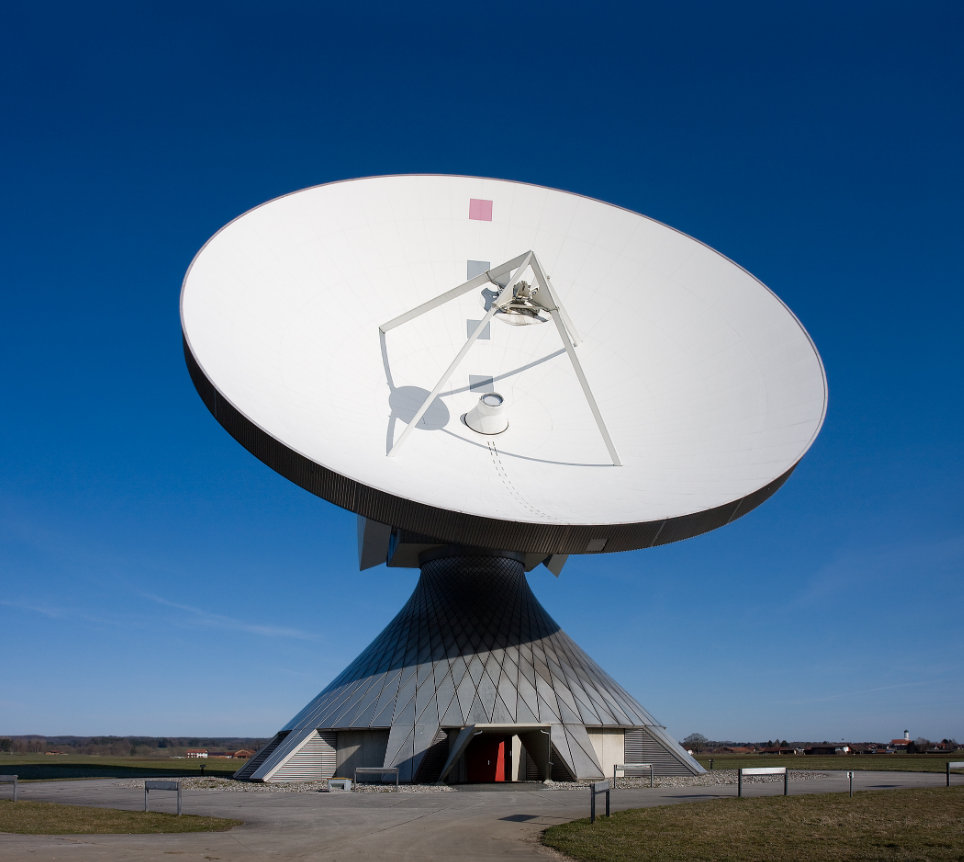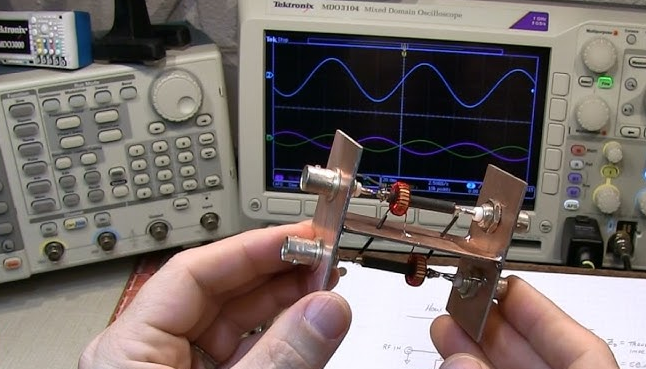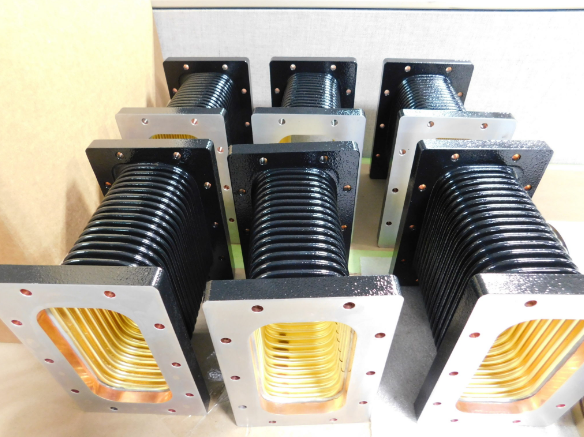Why do satellites use high frequency
Increased Data Transmission Capacity The Ka-band, operating between 26.5 GHz and 40 GHz, supports data rates of over 100 Mbps, allowing a single satellite to handle upwards of 1 Tbps of total capacity. This is a sharp contrast to C-band satellites (4–8 GHz), which typically provide a maximum throughput of 300–500 Mbps. Ka-band satellites can […]
Why do satellites use high frequency Read More »


